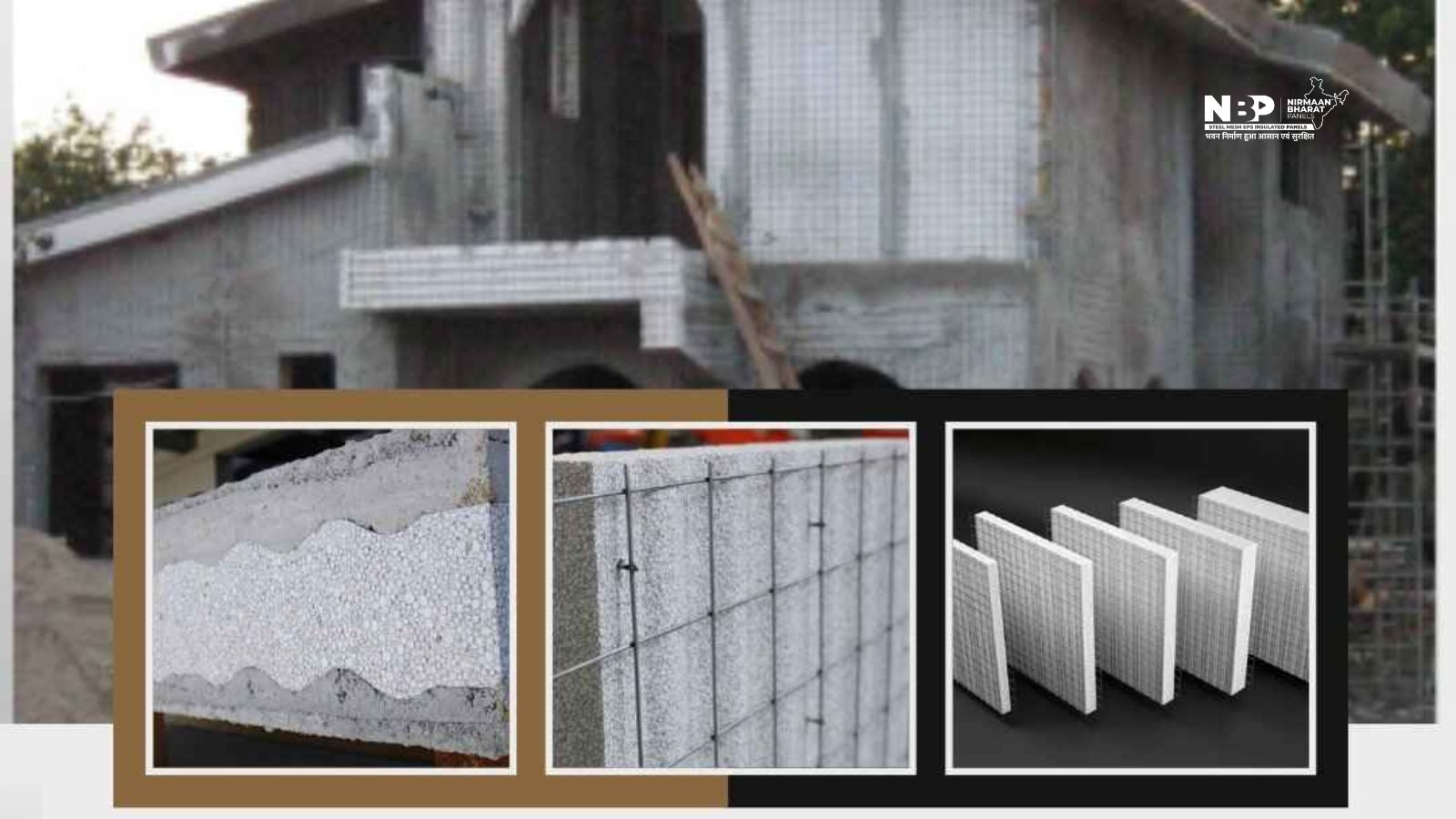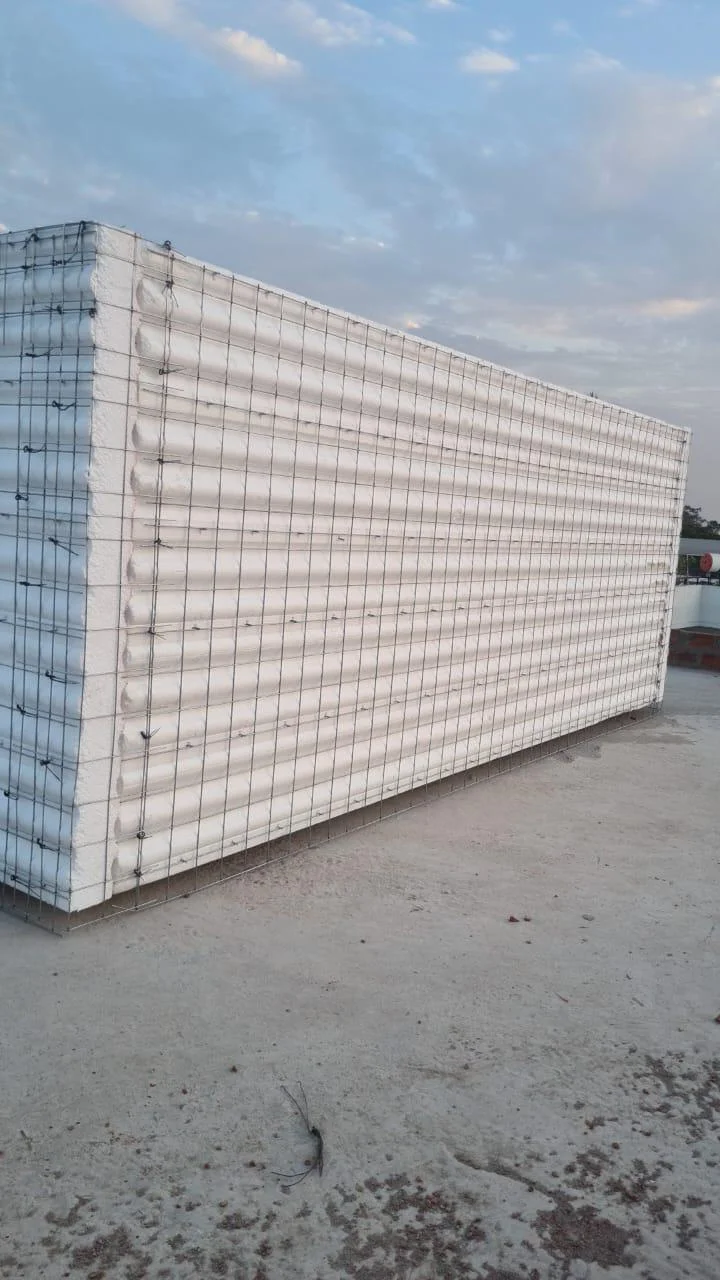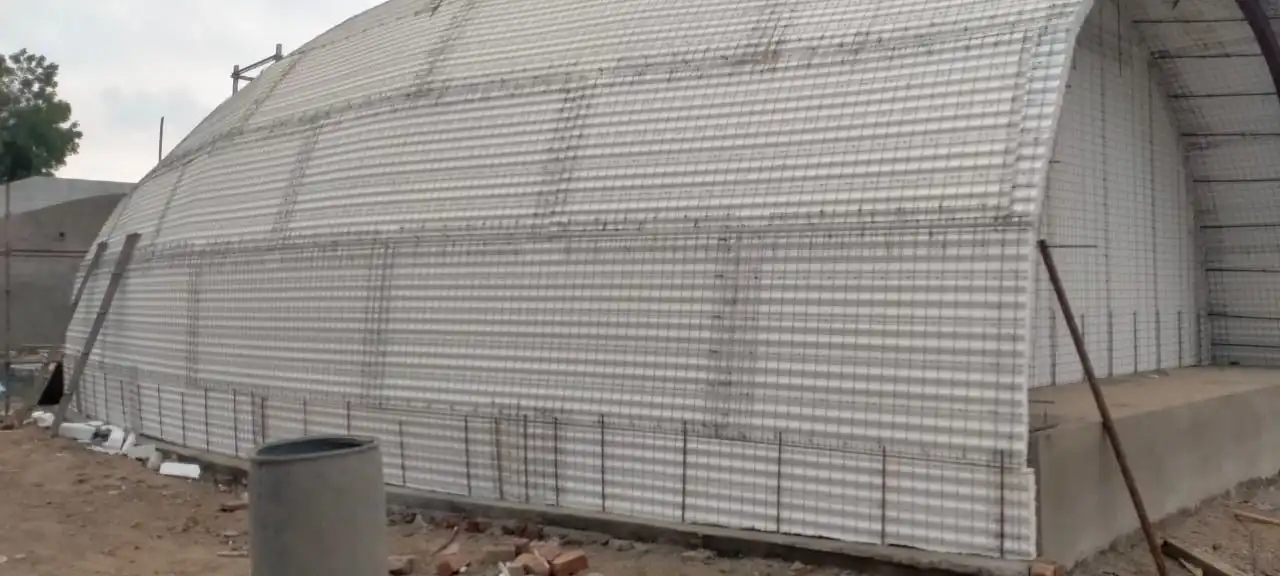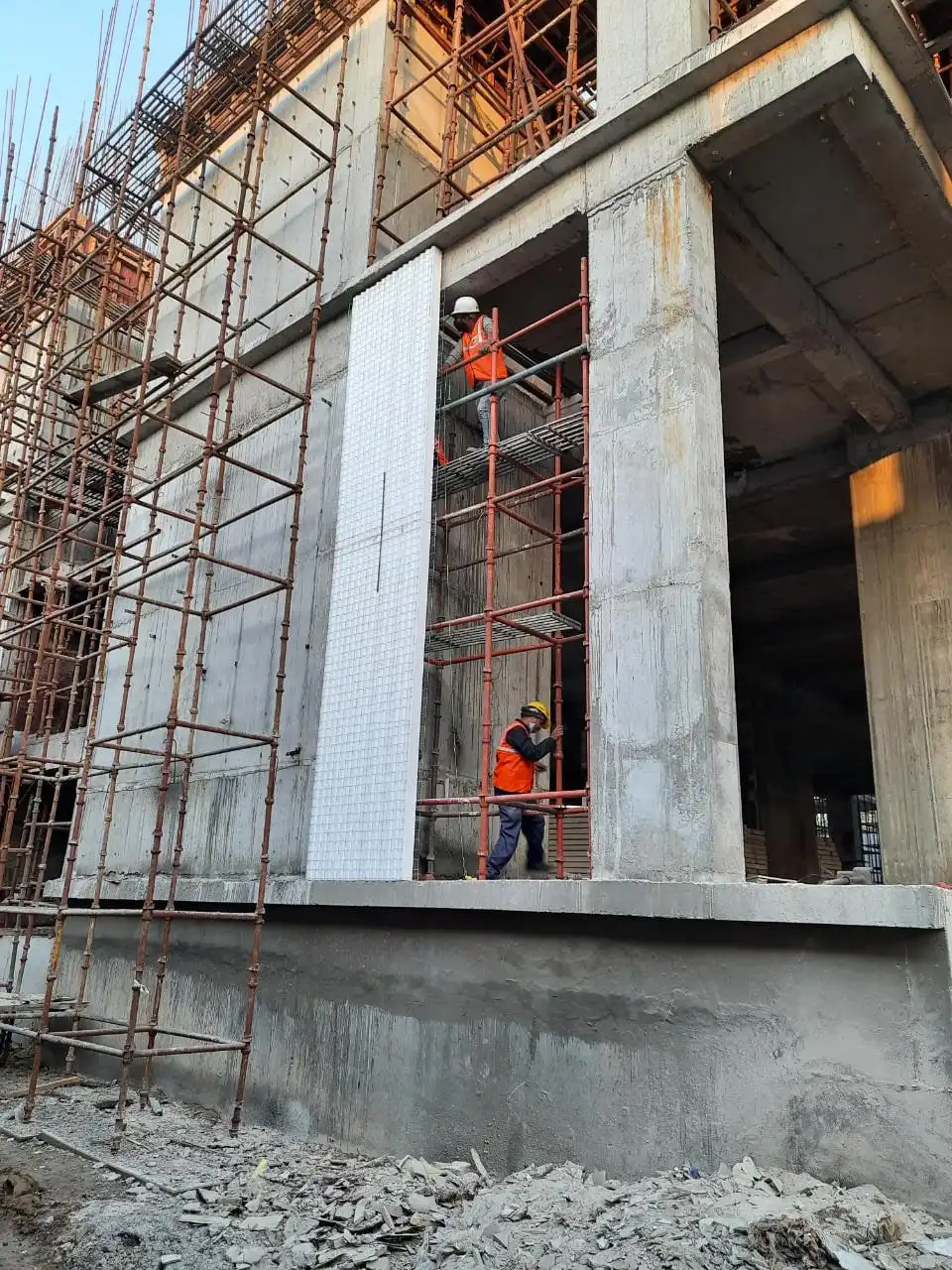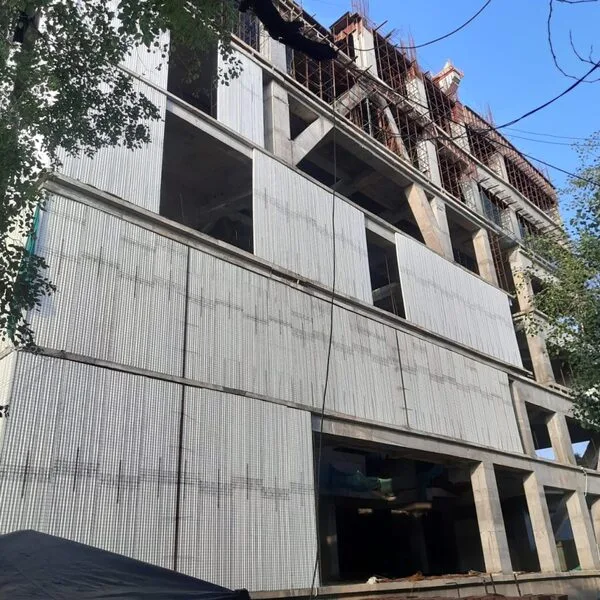Expanded Polystyrene (EPS) panels have long been recognized for their exceptional insulation properties, but their versatility extends far beyond mere thermal efficiency. Architects and designers are increasingly exploring innovative ways to incorporate EPS panels into building structures, pushing the boundaries of creativity and sustainability. In this blog post, we delve into some exciting and creative architectural uses of EPS panels that go beyond their traditional role as insulation.
Table of Contents
ToggleStructural Insulated Panels (SIPs):
EPS panels are being increasingly used as Structural Insulated Panels (SIPs), revolutionizing the construction industry. These panels consist of a layer of EPS insulation sandwiched between two structural boards, creating a lightweight yet robust construction material. SIPs not only provide excellent insulation but also contribute to faster and more efficient construction processes, making them a popular choice for modern architects.
Curved and Sculpted Surfaces:
EPS panels can be easily manipulated to create curved and sculpted surfaces, offering architects the freedom to design organic and visually striking structures. Whether used in façades, interior walls, or ceilings, EPS panels can be shaped to add a dynamic and artistic element to architectural designs. This flexibility allows for the creation of aesthetically pleasing, energy-efficient buildings that stand out from the conventional.
Facade Cladding:
Architects are increasingly turning to EPS panels as an alternative to traditional facade materials. The lightweight nature of EPS makes it easy to install, and its insulation properties contribute to energy efficiency. Beyond these practical benefits, architects can play with colors, textures, and shapes to create visually appealing and distinctive facades. This use of EPS panels not only enhances the building’s aesthetics but also improves its overall environmental performance.
Acoustic Insulation:
In addition to thermal insulation, EPS panels excel in acoustic insulation, making them an ideal choice for reducing noise in buildings. Architects are incorporating EPS panels in theaters, concert halls, and other spaces where sound quality is crucial. By strategically placing EPS panels, designers can achieve a balance between aesthetics and acoustic comfort, creating spaces that are both visually and acoustically pleasing.
Temporary Structures:
EPS panels are finding applications in the creation of temporary structures for events, exhibitions, and disaster relief. Their lightweight and modular nature allow for quick assembly and disassembly, providing a sustainable solution for short-term architectural needs. The versatility of EPS panels in these scenarios showcases their adaptability and eco-friendly attributes.
Conclusion:
While EPS panels have long been valued for their insulation capabilities, architects are discovering a wealth of creative possibilities beyond their traditional use. From sculpted surfaces to temporary structures, the adaptability, and sustainability of EPS panels make them an exciting choice for modern architectural design. As the industry continues to evolve, we can expect to see even more innovative applications of EPS panels, pushing the boundaries of what is possible in architectural creativity and sustainability.



